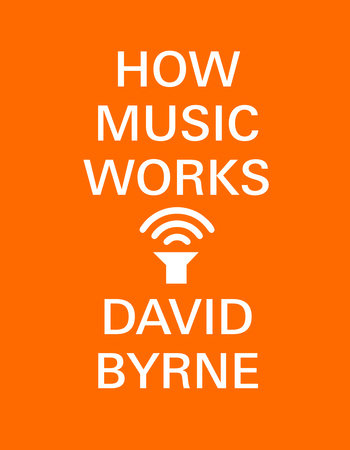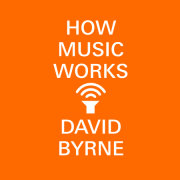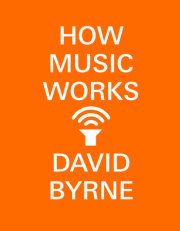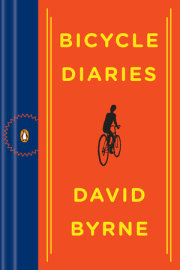Chapter One
Creation in ReverseI had an extremely slow-dawning insight about creation. That insight is that context largely determines what is written, painted, sculpted, sung, or performed. That doesn’t sound like much of an insight, but it’s actually the opposite of conventional wisdom, which maintains that creation emerges out of some interior emotion, from an upwelling of passion or feeling, and that the creative urge will brook no accommodation, that it simply must find an outlet to be heard, read, or seen. The accepted narrative suggests that a classical composer gets a strange look in his or her eye and begins furiously scribbling a fully realized composition that couldn’t exist in any other form. Or that the rock and roll singer is driven by desire and demons, and out bursts this amazing, perfectly shaped song that had to be three minutes and twelve seconds—nothing more, nothing less. This is the romantic notion of how creative work comes to be, but I think the path of creation is almost 180 degrees from this model. I believe that we unconsciously and instinctively make work to fit preexisting formats.
Of course, passion can still be present. Just because the form that one’s work will take is predetermined and opportunistic (meaning one makes something because the opportunity is there), it doesn’t mean that creation must be cold, mechanical, and heartless. Dark and emotional materials usually find a way in, and the tailoring process—form being tailored to fit a given context—is largely unconscious, instinctive. We usually don’t even notice it. Opportunity and availability are often the mother of invention. The emotional story—“something to get off my chest”—still gets told, but its form is guided by prior contextual restrictions. I’m proposing that this is not entirely the bad thing one might expect it to be. Thank goodness, for example, that we don’t have to reinvent the wheel every time we make something.
In a sense, we work backward, either consciously or unconsciously, creating work that fits the venue available to us. That holds true for the other arts as well: pictures are created that fit and look good on white walls in galleries just as music is written that sounds good either in a dance club or a symphony hall (but probably not in both). In a sense, the space, the platform, and the software “makes” the art, the music, or whatever. After something succeeds, more venues of a similar size and shape are built to accommodate more production of the same. After a while the form of the work that predominates in these spaces is taken for granted—of course we mainly hear symphonies in symphony halls.
In the photo below you can see the room at CBGB where some of the music I wrote was first heard. Try to ignore the lovely decor and think of the size and shape of the space. Next to that is a band performing. The sound in that club was remarkably good—the amount of crap scattered everywhere, the furniture, the bar, the crooked uneven walls and looming ceiling made for both great sound absorption and uneven acoustic reflections—qualities one might spend a fortune to re-create in a recording studio. Well, these qualities were great for this particular music. Because of the lack of reverberation, one could be fairly certain, for example, that details of one’s music would be heard—and given the size of the place, intimate gestures and expressions would be seen and appreciated as well, at least from the waist up. Whatever went on below the waist was generally invisible, obscured by the half-standing, half-sitting audience. Most of the audience would have had no idea that the guy in that photo was rolling around on the stage—he would have simply disappeared from view.
This New York club was initially meant to be a bluegrass and country venue—like Tootsie’s Orchid Lounge in Nashville. The singer George Jones knew the number of steps from the stage door of the Grand Ole Opry to the back door of Tootsie’s—thirty-seven. Charley Pride gave Tootsie Bess a hatpin to use on rowdy customers.Below is a photo of some performers at Tootsie’s. Physically, the two clubs are almost identical. The audience behavior was pretty much the same in both places, too.
The musical differences between the two venues are less significant than one might think—structurally, the music emanating from them was pretty much identical, even though once upon a time a country music audience at Tootsie’s would have hated punk rock, and vice versa. When Talking Heads first played in Nashville, the announcer declaimed, “Punk rock comes to Nashville! For the first, and probably the last time!”
Both of these places are bars. People drink, make new friends, shout, and fall down, so the performers had to play loud enough to be heard above that—and so it was, and is. (FYI: the volume in Tootsie’s is much louder than it usually was in CBGB.)
Looking at this scant evidence, I asked myself, to what extent was I writing music specifically, and maybe unconsciously, to fit these places? (I didn’t know about Tootsie’s when I began to write songs.) So I did a little digging to see if other types of music might have also been written to fit their acoustic contexts.
Copyright © 2017 by David Byrne. All rights reserved. No part of this excerpt may be reproduced or reprinted without permission in writing from the publisher.





